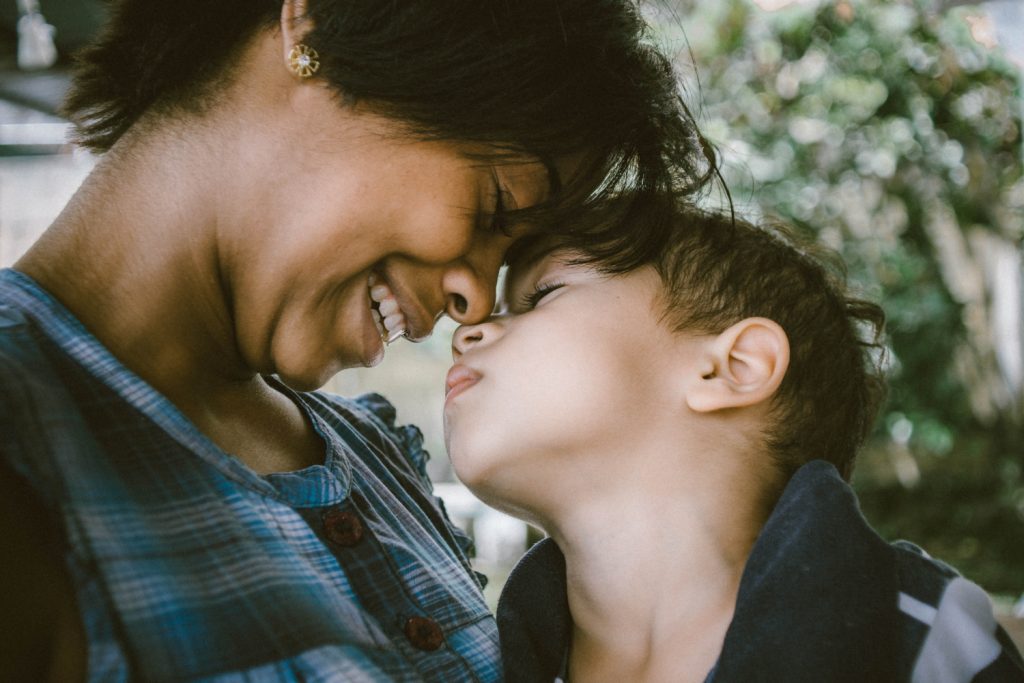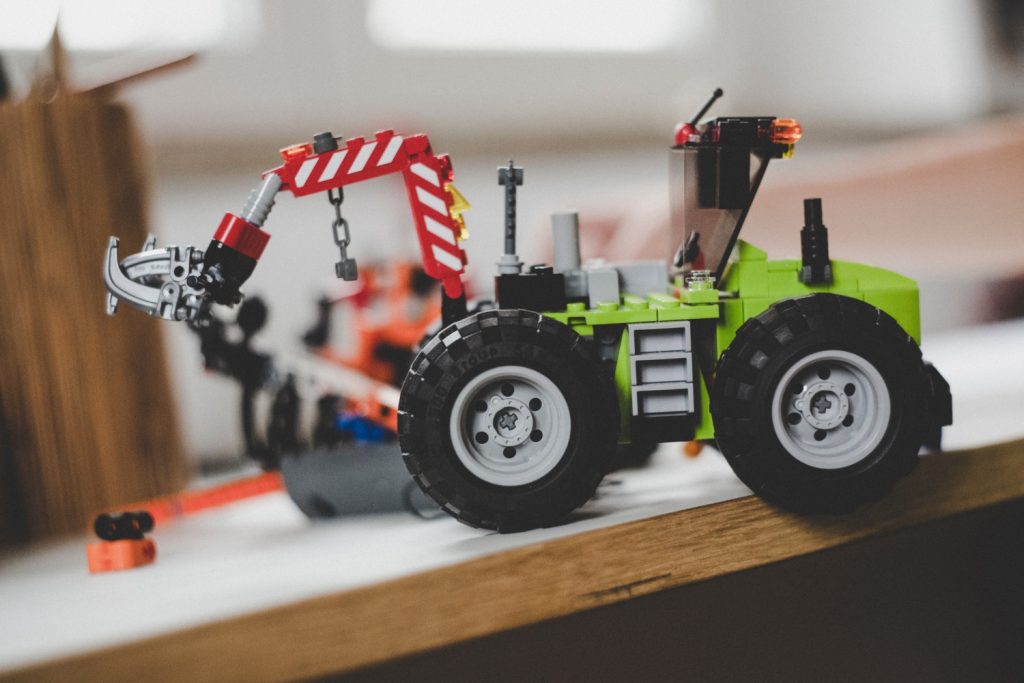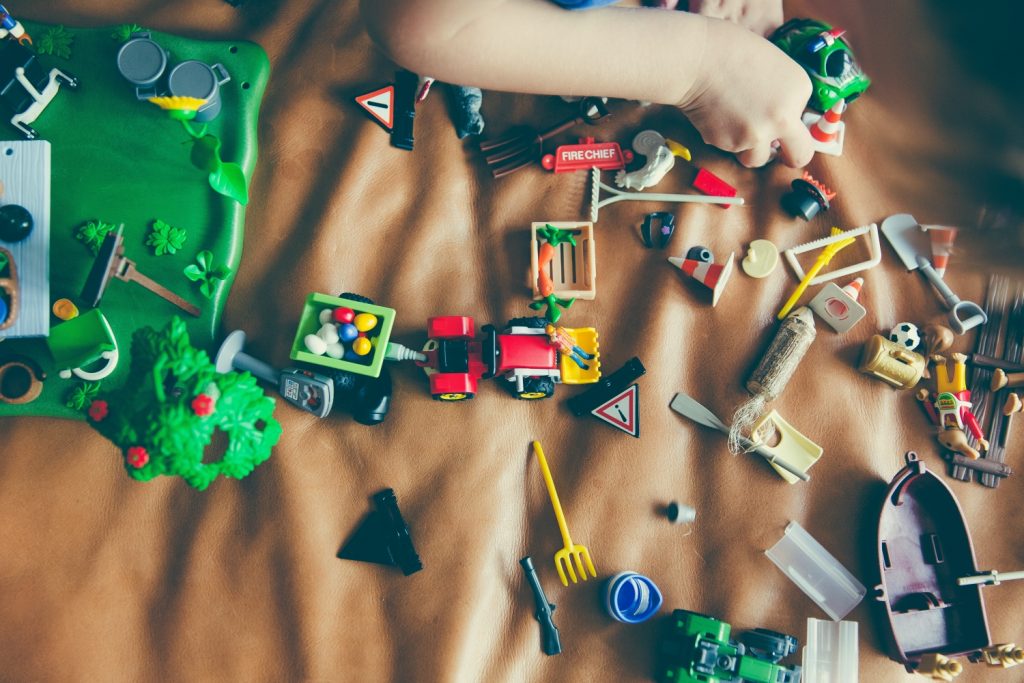You’re ready to rock this organizing thing, but you may live with kiddos who are, well, less enthused than you are. It’s very common for family members under the same roof to have very different views on the value of organization. To one of the more organized ones, this can be frustrating – like they’re carrying the burden and that attempts to organize are futile (“I organize, others undue or don’t appreciate the work”). And for one of the less organized ones, it can also be frustrating – to feel pressure to live in a way that they’re not on board with or don’t understand. Organizing with kids can be a challenge. But, you’re up for it. So, let’s dive into some strategies that can move everyone harmoniously forward toward a more organized household.
Approach Matters.
Sometimes we arrive at what works well by way of a few detours. Your exasperated cries to “organize your room now!” likely aren’t getting the desired response. At the end of the day, kids want to please. They are listening. So, consider modifying your approach to increase their receptivity. Try expressing that being organized is something you value and that there are lots of benefits from it. Benefits such as actually having fewer overwhelming clean ups for them to do once there is a base level of organization in place.
Lovingly share your expectations for age appropriate behaviors such as having your kids put their things away. And make sure you are on the lookout for progress and that you express sincere appreciation for it.



Lead by Example.
Let’s get real. Kids model what they see. If you don’t pick up your clothes, why should you expect them to? Ask yourself what role you’ve played in the amount of stuff your kids have accumulated. Maybe your kids have jobs or are the beneficiaries of generous friends or family. Even so, consider what you can do to ensure you’re in control of your stuff – not the other way around.
I’m not implying how much stuff is “too much”. That’s up to you. But, if you’re feeling sense of excess or overwhelm, it’s worth asking what you can do to establish an organized environment, then striving to consistently do those things. You’ll probably slip up. Your kids will, too. That’s ok! If you’re looking for lasting household change for everyone, commit to doing what you can. Invite your kids on the journey, and, celebrate those baby steps!



Address Fears.
You’re thinking that decluttering is the greatest thing since sliced bread! Your kids, however, may be viewing the same activity through a very different lens – one of fear that you’re going to throw all their stuff away. Stuff that matters to them. Their focus is play, as it should be. And in their mind, their stuff is a means to facilitate that play. Assure them that your intention is not to rid your children of their favorite things. But that you ARE looking to remove excess – clothes that have been outgrown, things that are broken, no longer used, or don’t fit in the space being allocated to them. Kids have a natural heart of giving. Involve them in the process of donating their gently used items to someone else who could use them.
Involve Your Kids.
Involving kids in the decluttering and organizing process is a way to acknowledge their growing independence and value their opinions. Have them choose their favorite 5 vehicles to keep, for example. Then, have them help you choose a good place for those 5 vehicles to live. This is a win-win, as you’re establishing some boundaries, and they’re exercising empowerment and choice. When your kids have less stuff, you’re less likely to hear that they’re bored. Excess stuff is overwhelming for them. If you or they have trouble parting with excess, consider rotating toys. Stow some away for awhile, then rotate them back in and they’ll be fresh and new again.



Put on Your Teaching Hat.
Sometimes we assume our kids know how to organize. Organization is a skill that can absolutely learned, but needs to be taught. It’s not known through osmosis, or by being related to someone else who is organized. One easy habit to teach: the 1-in-1-Out Rule. For every 1 item that comes into your home, 1 goes out. Specifically in reference to kids, I’ve found this to be a really helpful tool in curbing their appetite for more, new, big, shiny (you get the point). It puts that new thing into perspective. If they’re not willing to let something else go to accommodate the new, they’re more likely to realize the item that originally seemed like a must have is, in reality, not that important after all.
Be Consistent.
As with any new skill or habit, practicing consistently is key. Treat the adoption of new organizing behaviors with the vigilance and discipline that you used to potty train your kids. Do little checks throughout the day (“I’d love to go to the park with you as soon as the vehicles are parked in their garage!”) You may be tempted to clean up for your kids. And, let’s be honest. It’s faster, easier, and will be done to your standards. However, you’re not doing yourself any favors, long term, if you do for your kids what they are capable of doing for themselves. Give them the chance to build their organizing stamina, flex those muscles and shine.



Be Realistic.
Will you magically have an organized house overnight, filled with children who are eagerly awaiting their next organizing project? Not likely. Those aren’t very realistic goals. Focus on starting small, working collaboratively, praising, being consistent, and you will make headway. Remember, you’re not trying to fundamentally change anyone. Your kids are incredible as they are, right now. You’re simply setting expectations and providing an environment that allows their best selves to unfold into the willing, capable generous souls that they truly are. It will take effort. But, the rewards of organizing with your kids will be there – for everyone in your home.

